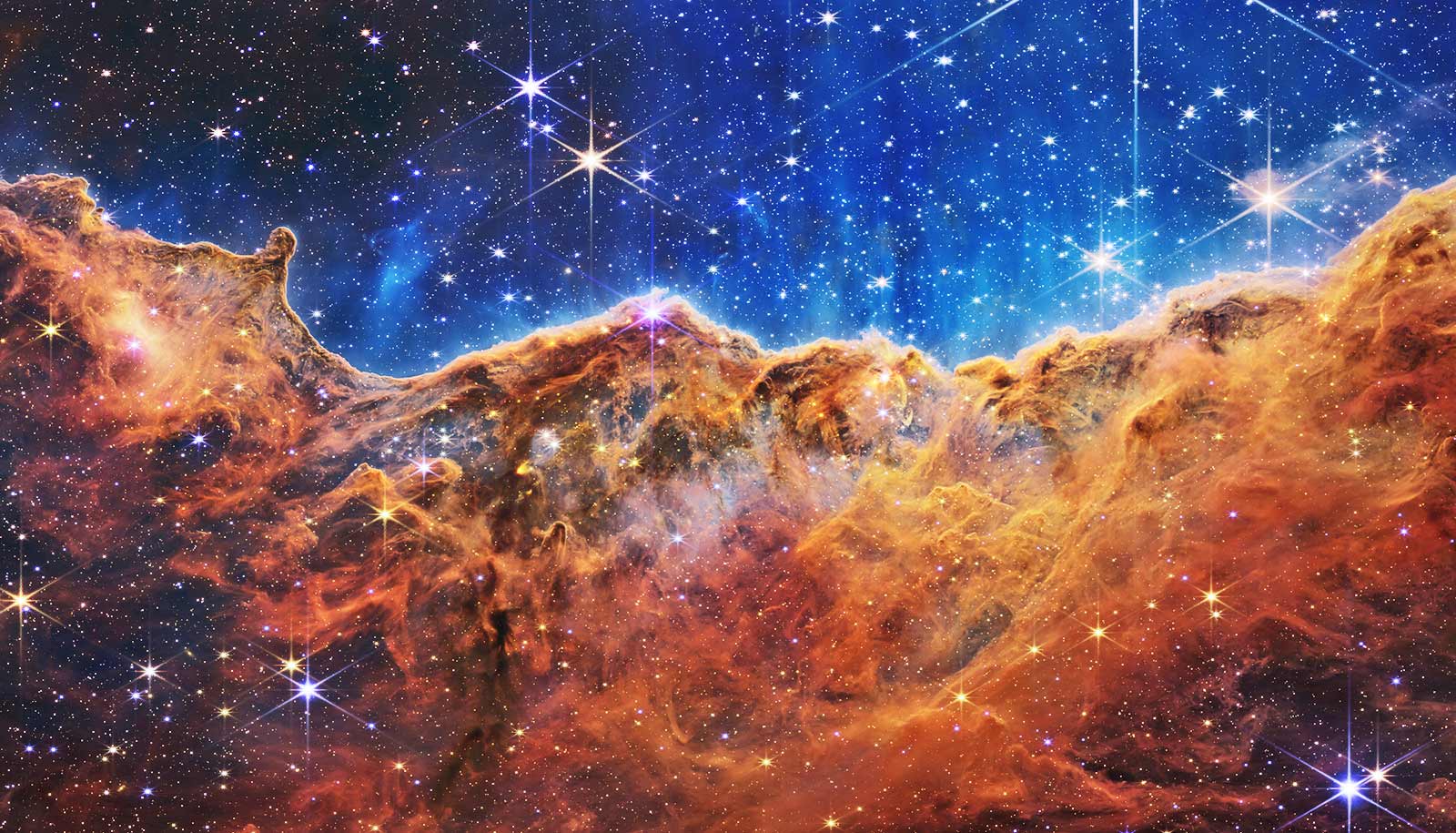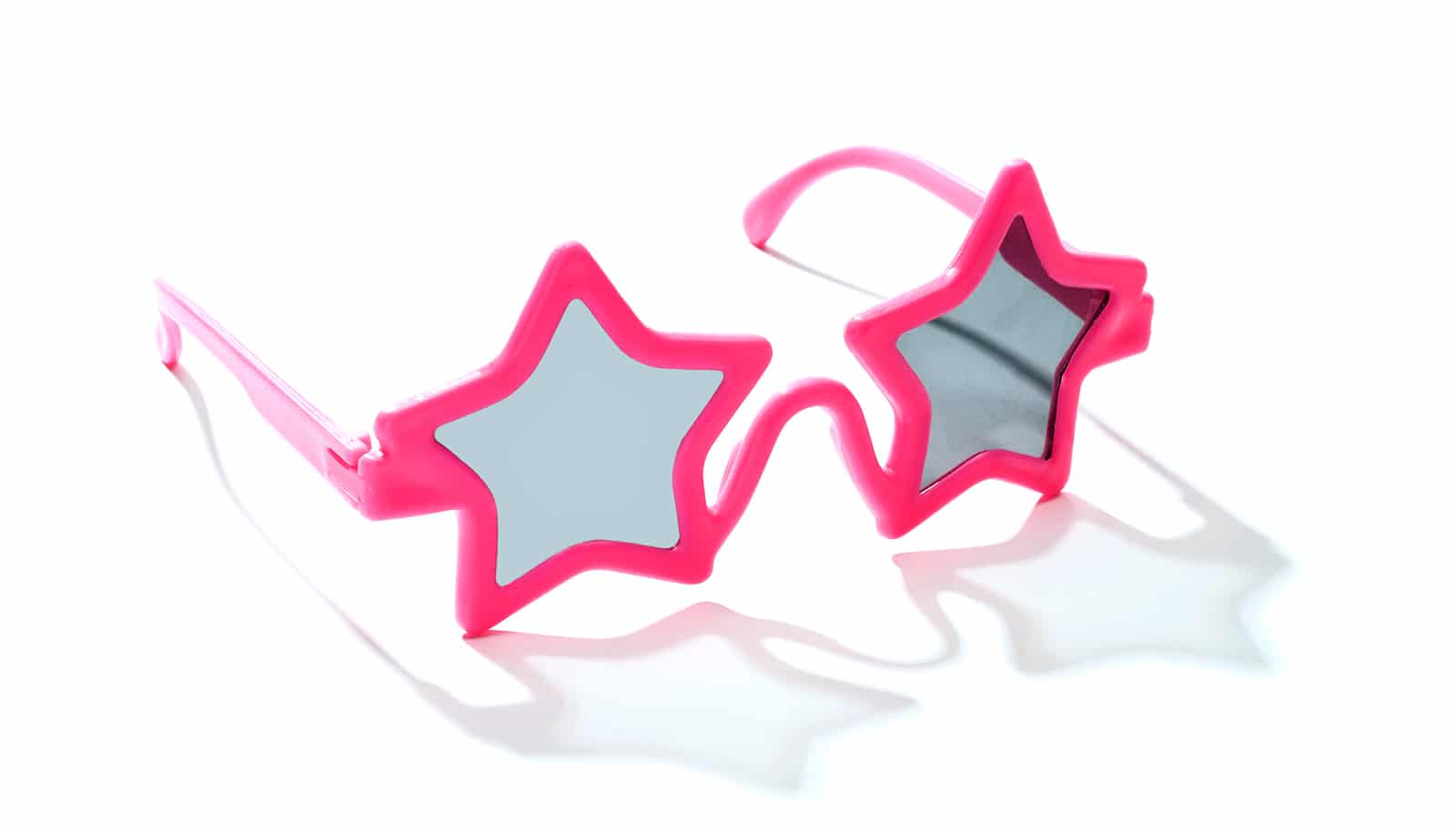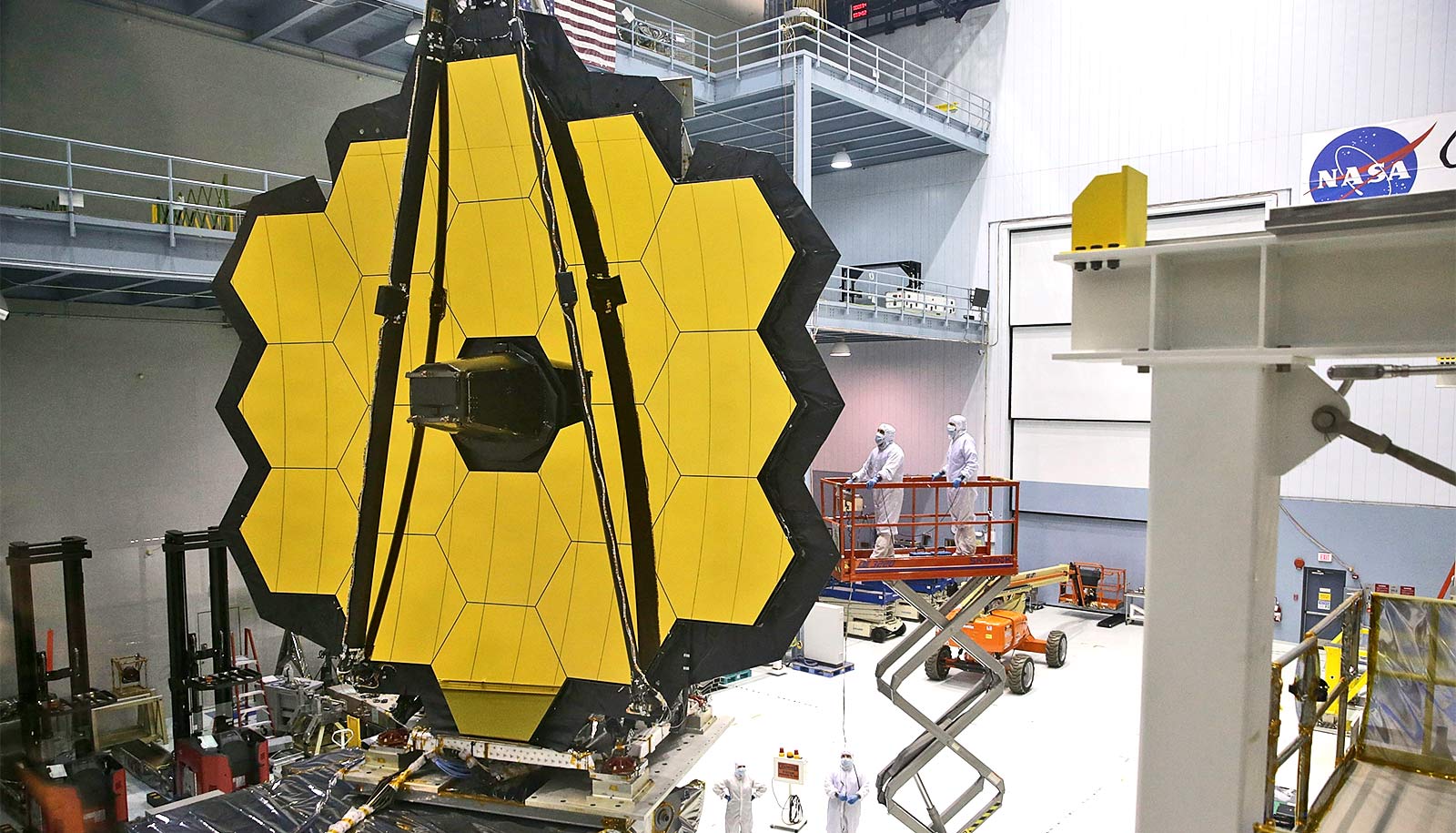NASA set off a frenzy within the astronomy community last week with its much-anticipated release of the first images taken by the James Webb Space Telescope.
The infrared images represent humanity’s deepest and sharpest glimpse into the early universe.
The first of them—previewed by the Biden Administration at the White House on July 11—reveal the spangle of stars and galaxies contained within a speck of sky no bigger than a grain of sand held out at arm’s length. Another reveals a ghostly landscape of “mountains” and “valleys” carved by stellar winds in a nearby star-forming region in the Carina Nebula.
Upon seeing James Webb Space Telescope’s (JWST) first trove of images, Stanford astrophysicist and cosmologist Risa Wechsler was reminded of the initial glimpse of the universe captured by another space observatory many years ago.
“I was just starting graduate school when the Hubble Deep Field was released, and that had such a tremendous impact on our understanding of galaxies and the universe,” says Wechsler, director of the Kavli Institute for Particle Astrophysics and Cosmology (KIPAC) and professor of physics and of particle physics and astrophysics.
“I expect JWST will be at least as transformational, and I can’t wait to see what creative things people will do with the telescope.”
Here, Wechsler reacts to the images and explains some of their significance:
What was your first reaction to this image taken by the JWST?
Awe. Pure awe. There is just so much detail in this image that we have never seen before. As someone who is lucky enough to think about how galaxies form and evolve every day, they continue to surprise me. These images are just stunningly beautiful.
I was so excited that I didn’t sleep very well on Monday night after seeing the first image, I woke up thinking about these tiny, wonderful galaxies and anticipating what we will learn and what else we can do with this telescope.
Why did NASA choose this location for the first image?

This location includes a galaxy cluster that is about 4 billion light-years away. The big white galaxies in the center of the image are part of that cluster, and we also expect that it is surrounded by an even larger amount of dark matter.
The cluster and the galaxies within it are very pretty on their own, but more importantly, that cluster has so much mass that it is something called a strong gravitational lens—this is an effect due to general relativity whereby any mass in the universe distorts spacetime. Very much like a magnifying glass, the light behind the cluster gets bent but also magnified, which means that galaxies very far away actually appear brighter than they would if there were not something more massive in the way. This helps us see galaxies even farther back in time than we would in an emptier region of space!
What stands out for you in this “deepest field image” of the universe captured by the JWST?
There were three things that stood out to me personally in the image.
The first is just how many galaxies there are in the image. Almost every tiny one-pixel speck in that image is a galaxy, and probably some of them, especially the very red ones that we couldn’t see with other telescopes, are galaxies from the first 500 million years of the universe.
The second is related to those stretched out and strangely shaped galaxies. The reason they are stretched out is due to the gravitational lensing effect I mentioned earlier. The very far away galaxies, that are behind the more nearby galaxy cluster, have their light distorted by the fact that the cluster is bending spacetime. You can also actually see multiple images of some of the galaxies.
The thing that stands out about this lens is how sharp and thin some of those features are! That will allow us to make an even better model of where the mass is and will help us study the details of the very distant galaxies better than ever.
The third is that faint and fuzzy white stuff in the middle of the image that looks like a cloud. This is something that we call “intracluster light”—and it’s essentially like the sea spray that comes off previous galaxy collisions that formed the galaxy cluster. That can teach us about the formation history of the cluster in different ways than the galaxies alone.
How is the James Webb telescope relevant to your work on dark matter?
The trained observer can almost “see” dark matter directly in this image because of those stretched and magnified galaxies. More specifically, we see the impact that dark matter has on the background galaxies because without it we would not have enough mass to get these very elongated features. The image is so clear that it will enable us to make much more precise models of where the dark matter is in this galaxy cluster. A specific thing that we will be looking for is whether the dark matter in the cluster is very smooth, or whether there is evidence for small clumps of dark matter, that would impact these lensing features differently. Measuring the amount of substructure can help us tell the difference between different kinds of dark matter particles.
Source: Maddi Langweil for Stanford University



